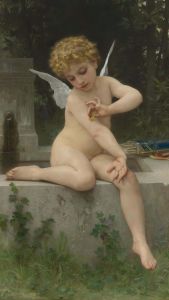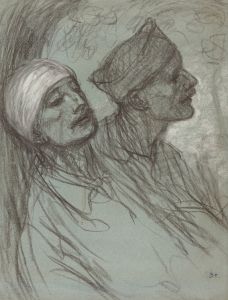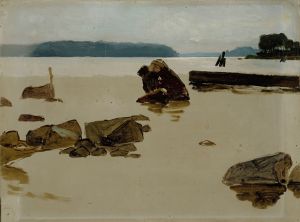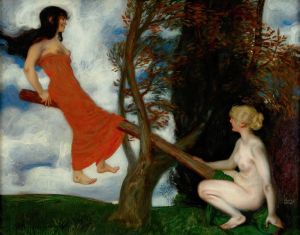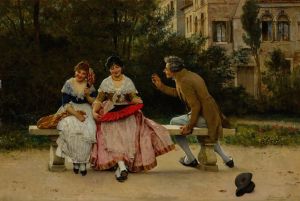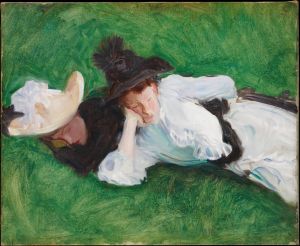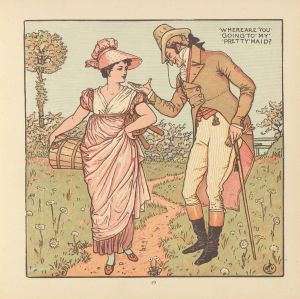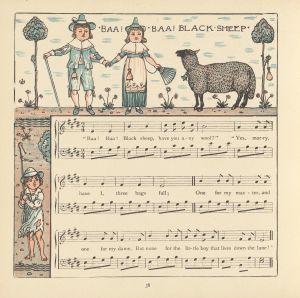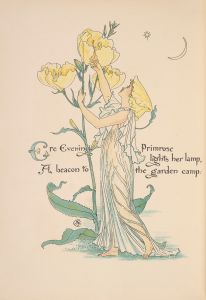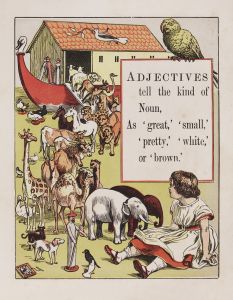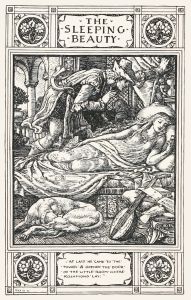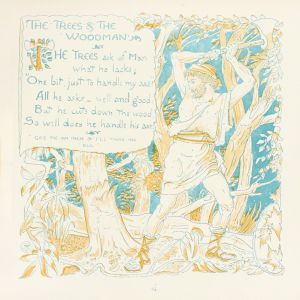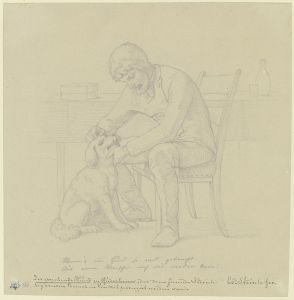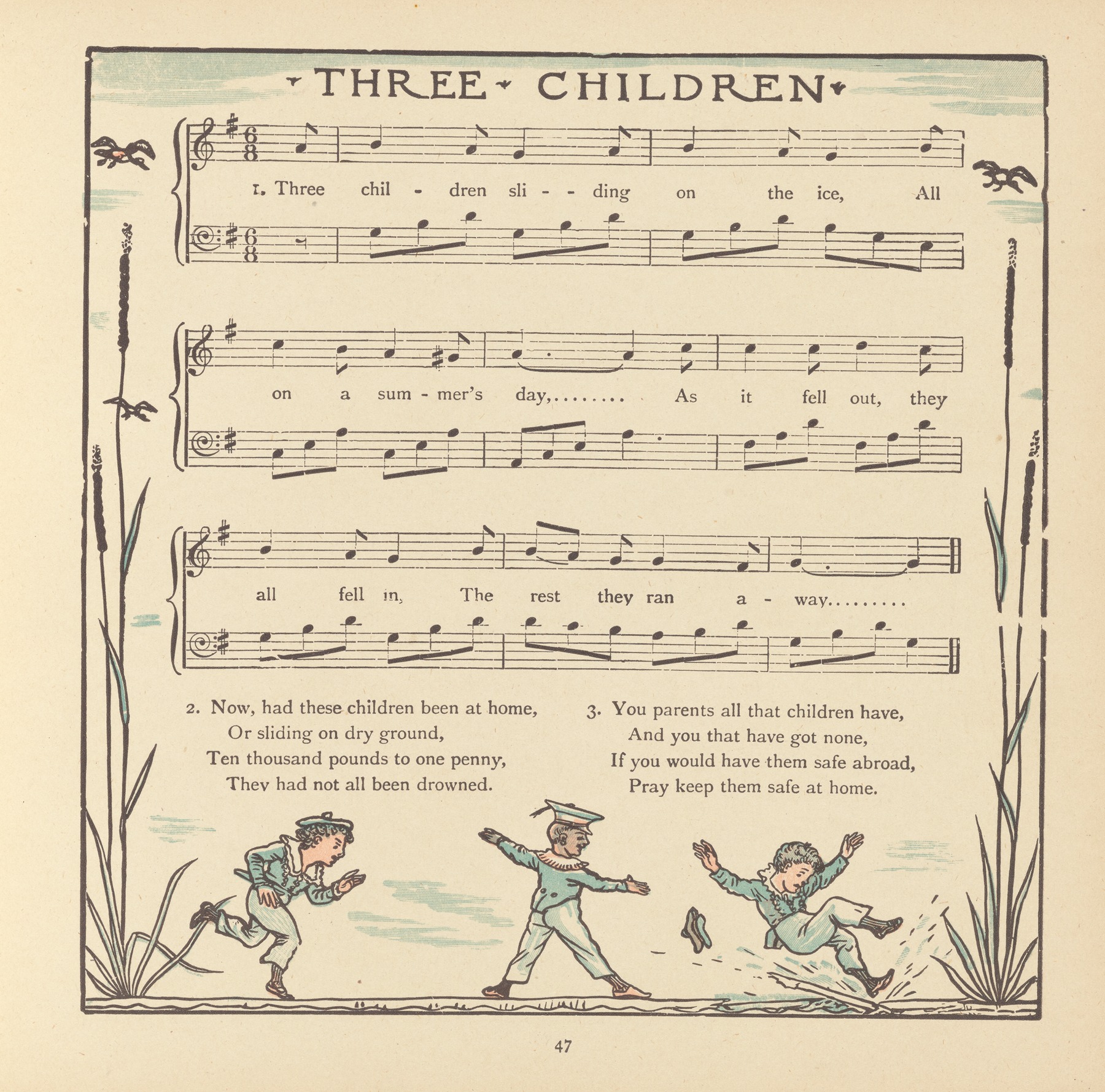
Three Children
A hand-painted replica of Walter Crane’s masterpiece Three Children, meticulously crafted by professional artists to capture the true essence of the original. Each piece is created with museum-quality canvas and rare mineral pigments, carefully painted by experienced artists with delicate brushstrokes and rich, layered colors to perfectly recreate the texture of the original artwork. Unlike machine-printed reproductions, this hand-painted version brings the painting to life, infused with the artist’s emotions and skill in every stroke. Whether for personal collection or home decoration, it instantly elevates the artistic atmosphere of any space.
Walter Crane (1845–1915) was a prominent English artist and book illustrator, known for his contributions to the Arts and Crafts Movement and his work in children's book illustrations. One of his notable works is the painting "Three Children," which exemplifies his style and thematic interests.
"Three Children" is a painting that captures the innocence and charm of childhood, a recurring theme in Crane's work. Walter Crane was deeply influenced by the Pre-Raphaelite Brotherhood, and his work often reflects a similar attention to detail, vibrant colors, and a sense of narrative. Although specific details about the painting "Three Children" are limited, it can be inferred that Crane's approach would have included his characteristic use of rich, decorative elements and a harmonious composition.
Crane's career was marked by his belief in the unity of art and design, and he was a key figure in the Arts and Crafts Movement, which sought to revive traditional craftsmanship and integrate beauty into everyday life. His work often featured elements of fantasy and mythology, and he was known for his ability to create enchanting, fairy-tale-like scenes that appealed to both children and adults.
In addition to his paintings, Walter Crane was a prolific book illustrator. He is perhaps best known for his illustrations in children's books, where he brought stories to life with his imaginative and colorful depictions. His illustrations were characterized by their fluid lines, intricate patterns, and a sense of movement, which made them particularly engaging for young audiences.
Crane's influence extended beyond his artwork; he was also an advocate for social reform and believed in the power of art to improve society. He was associated with the socialist movement in England and used his art to express his political beliefs, often incorporating themes of social justice and equality into his work.
While "Three Children" may not be as widely recognized as some of Crane's other works, it remains an example of his dedication to capturing the beauty and simplicity of childhood. His ability to blend artistic skill with a deep understanding of narrative and design has left a lasting impact on the world of art and illustration.
Walter Crane's legacy is evident in the continued appreciation of his work, both in the context of the Arts and Crafts Movement and in the broader history of art. His paintings and illustrations continue to be celebrated for their beauty, creativity, and the joy they bring to viewers of all ages. Through works like "Three Children," Crane's vision of art as a means to enrich and uplift the human experience remains a significant part of his enduring influence.





